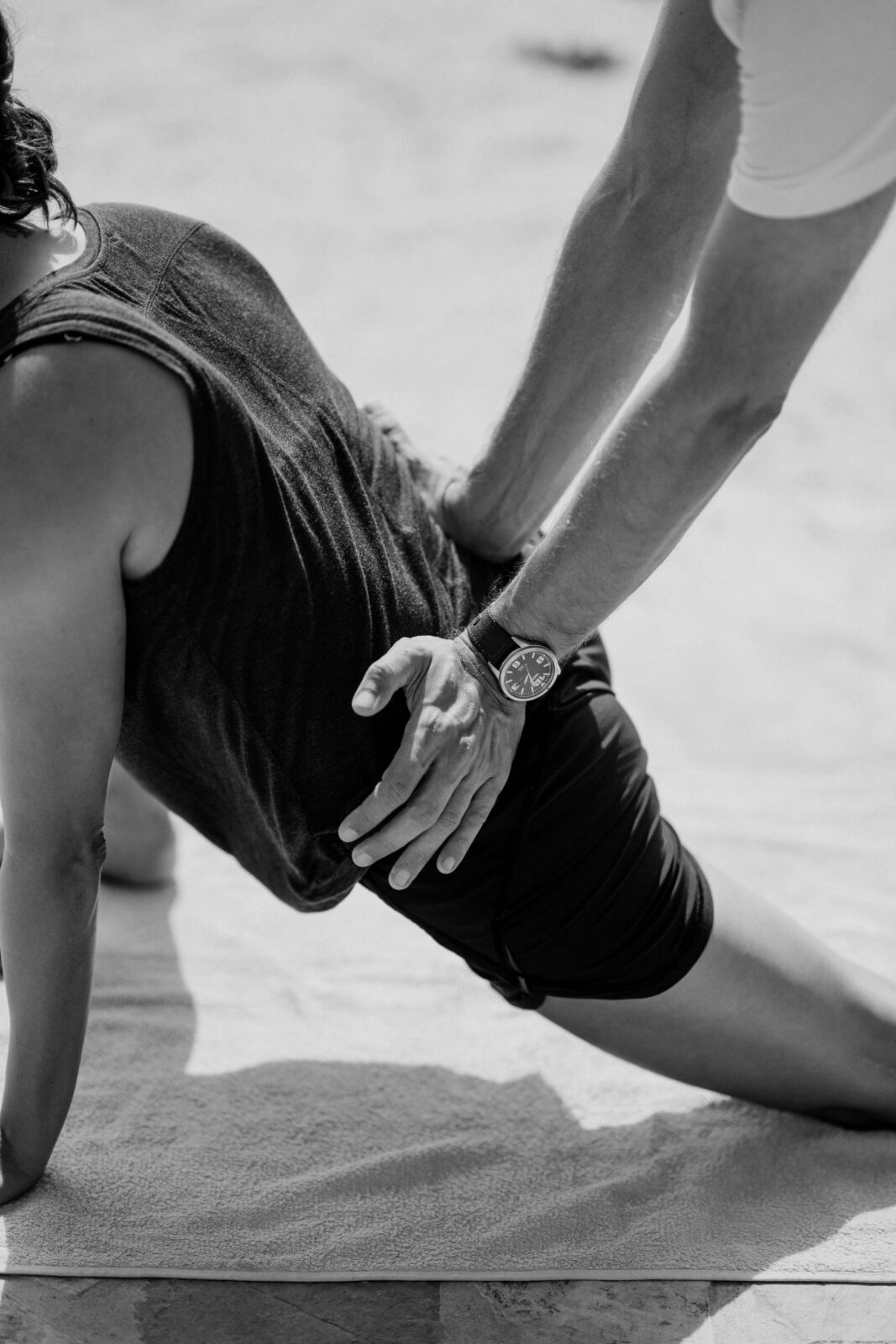ANDREW WARD (PT & DPT)
“Rehabilitation is just appropriate training in the presence of injury” – Phil Glasgow
For many athletes, the worst thing about getting an injury is being sidelined. While it is true that an athlete needs to change their training with an injury, ‘rehab’ and ‘training’ are not two separate things. They are different points on the same training continuum.
The goal of rehabilitation is to modify training appropriately to prepare an athlete to meet the baseline requirements of their sport.
For example, a soccer player’s schedule might include team practice, weight lifting, and general conditioning. If that same soccer player has an ankle sprain, appropriate training will look different, but the goal is still to prepare for soccer. She will work on ankle strength, flexibility, and balance in addition to general conditioning, core strength, and game strategy.
She might not be able to participate in team practices and games, but she will continue to train as her ankle sprain allows. This will look more and more like traditional training as her ankle becomes less limiting.
When a runner experiences a calf strain, he may need to modify his running schedule in the short term but will continue to train in other ways. This includes flexibility and strength, both locally at the calf and globally throughout the body, to improve running efficiency and power. In the same way that an out-of-shape athlete trains differently than an athlete in peak fitness, so does an injured athlete.
‘Return to sport’ rehab is the bridge between acute injury and full participation in sport. Return to sports rehab is appropriate for an athlete who is successfully able to complete the activities of daily life, but is not yet able to fully participate in the sport. In this stage, an athlete works with a physical therapist to build strength, endurance, and sport-specific skill.
In many ways, this stage will resemble ‘normal’ training, but with a few modifications to account for the current limitations. Return to sports rehab for a golfer with shoulder pain might involve going to the driving range, but hitting a decreased volume, and increasing the amount of time spent working on other parts of the game, such as putting. The athlete will continue to work with a physical therapist to increase their shoulder strength and mechanics, and gradually increase the amount of driving he or she is doing.
In many ways return to sports rehab is similar to ‘prehab’ or pre-rehabilitation. An athlete in return to sports rehab is working on the last 10%. In prehab, an athlete is working on specific training to remain at 100%.
Training should always be specific to the athlete and their current level of fitness and readiness for sport. Rehabilitation should be appropriate training for an injured athlete, not a break from training. Return to sport rehabilitation is the bridge between injury and full performance. A properly trained sports physical therapist or coach will recognize that an injury should lead to training modifications, not the end of the training.
If you are struggling to participate or play your sport at 100%, consider a return to sport rehabilitation with a sports physical therapist!

